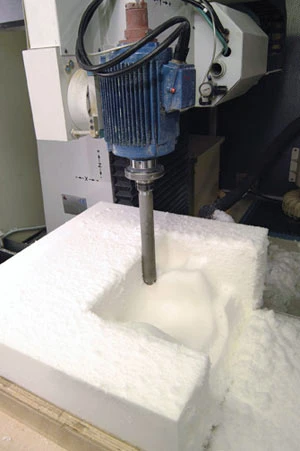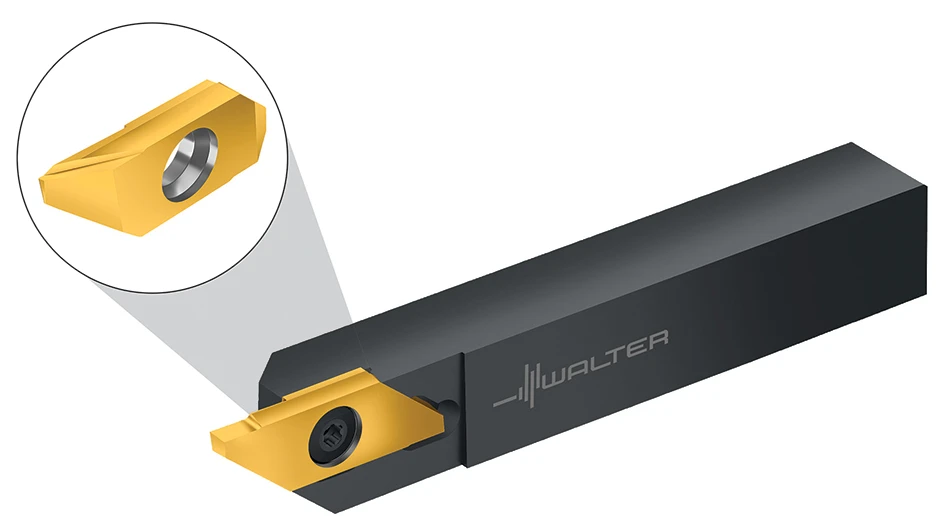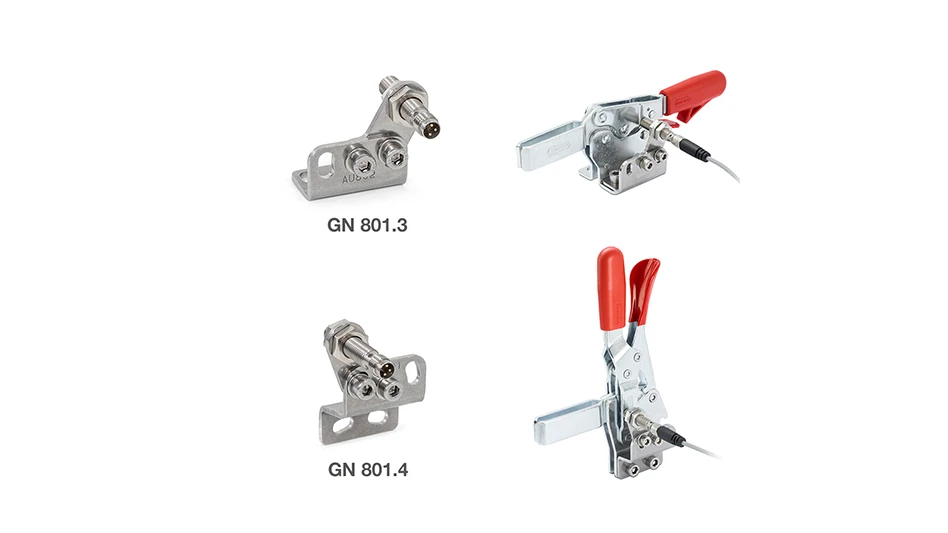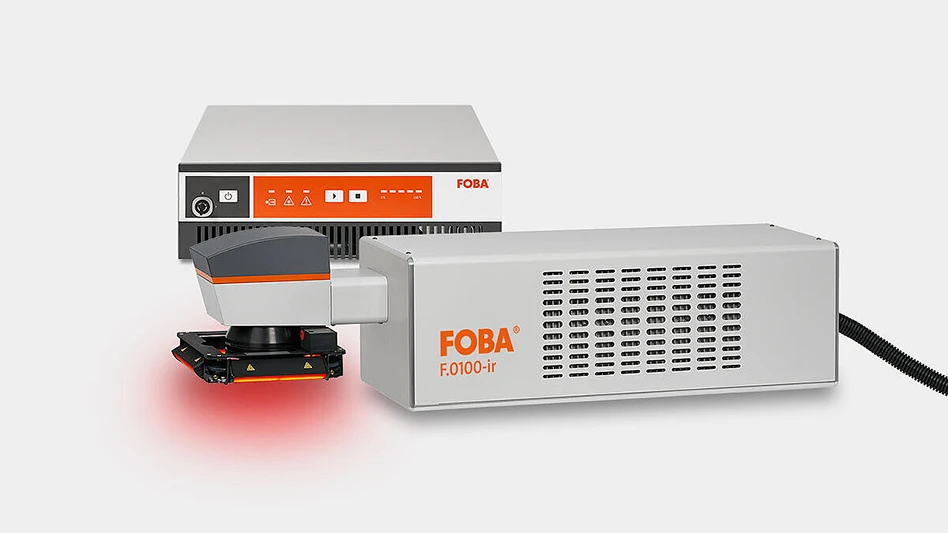
Researchers at the National Institute of Standards and Technology (NIST) and George Mason University have developed what is most likely the world's smallest microwave oven. This tiny mechanism can heat a pinhead-sized drop of liquid inside a container slightly shorter than an ant, and half as wide as a single hair. The micro microwave is intended for lab-ona-chip devices that perform rapid, complex chemical analyses on tiny samples.
In a paper in the November 2007 Journal of Micromechanics and Microengineering, the research team led by NIST engineer Michael Gaitan described for the first time how a tiny dielectric microwave heater can be successfully integrated with a microfluidic channel to control selectively and precisely the temperature of fluid volumes ranging from a few microliters (a millionth of a liter) to sub-nanoliters (less than a billionth of a liter).
Sample heating is an essential step in a wide range of analytic techniques that can be built into microfluidic devices, including the high-efficiency polymerase chain reaction (PCR) process that rapidly amplifies tiny samples of DNA for forensic work, and into methods to break cells open to release their contents for study.

The micro microwave is intended for lab-on-a-chip devices that perform rapid, complex chemical analyses on tiny samples.
The team embedded a thin-film microwave transmission line between a glass substrate and a polymer block to create its micro microwave oven. A trapezoidal- shaped cut in the polymer block only 7µm across at its narrowest – the diameter of a red blood cell – and nearly 4mm long (approximately the length of an ant) serves as the chamber for the fluid to be heated.
Based on classical theory of how microwave energy is absorbed by fluids, the research team developed a model to explain how their miniature oven would work. They predicted that electromagnetic fields localized in the gap would directly heat the fluid in a selected portion of the micro channel while leaving the surrounding area unaffected.
Measurements of the microwaves produced by the system, and their effect on the fluid temperature in the micro channel validated the model by showing that the increase in temperature of the fluid was predominantly due to the absorbed microwave power.
When the new technology becomes more refined, the researchers hope to use it to design a microfluidic microwave heater that can cycle temperatures rapidly and efficiently for a host of applications.
Get curated news on YOUR industry.
Enter your email to receive our newsletters.
Explore the January February 2008 Issue
Check out more from this issue and find your next story to read.
Latest from Today's Medical Developments
- 10 challenges facing the manufacturing industry in 2025
- Optimizing production of high-precision components through collaboration
- An inside look at the defense maritime industrial base
- Why manufacturing, intralogistics companies need to embrace the cloud
- February 2025 US cutting tool orders total $198.6 million
- The Smoothest Surfaces For Your Toughest Materials
- Extraordinary Starts Where Limits End | Okuma
- DISCOVER MORE WITH Mazak Northeast event





